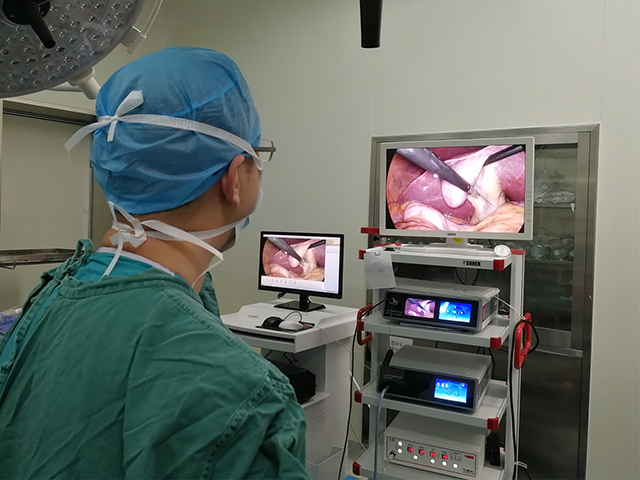
Hysteroscopy and laparoscopy are both minimally invasive surgical procedures used to examine and treat certain medical conditions. However, they are used to examine different parts of the female reproductive system.
Hysteroscopy is a procedure used to examine the inside of the uterus (womb) and the cervix. During the procedure, a thin, lighted tube called a hysteroscope is inserted into the vagina and through the cervix into the uterus. This allows the doctor to visualize the inside of the uterus and identify any abnormalities or potential issues, such as fibroids, polyps, or uterine adhesions. Hysteroscopy can also be used to perform procedures such as removing polyps or fibroids or to take a biopsy of the uterine lining.
On the other hand, laparoscopy is a procedure used to examine and treat conditions in the pelvic and abdominal region, such as the ovaries, fallopian tubes, and uterus. During the procedure, a small incision is made near the navel, and a laparoscope, which is a thin, lighted tube with a camera, is inserted through the incision. The camera allows the doctor to view the pelvic and abdominal organs and identify any abnormalities or potential issues, such as ovarian cysts, endometriosis, or scar tissue. Laparoscopy can also be used to perform procedures such as removing ovarian cysts or fallopian tubes, treating endometriosis, or performing a hysterectomy.
In summary, hysteroscopy is used to examine and treat conditions within the uterus and cervix, while laparoscopy is used to examine and treat conditions in the pelvic and abdominal region, including the uterus, ovaries, and fallopian tubes.


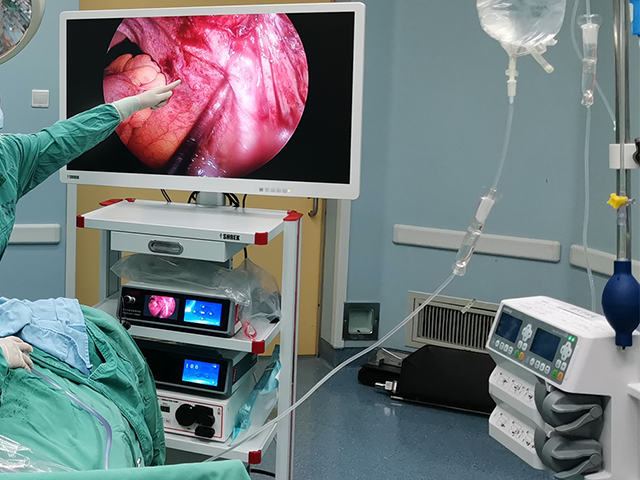
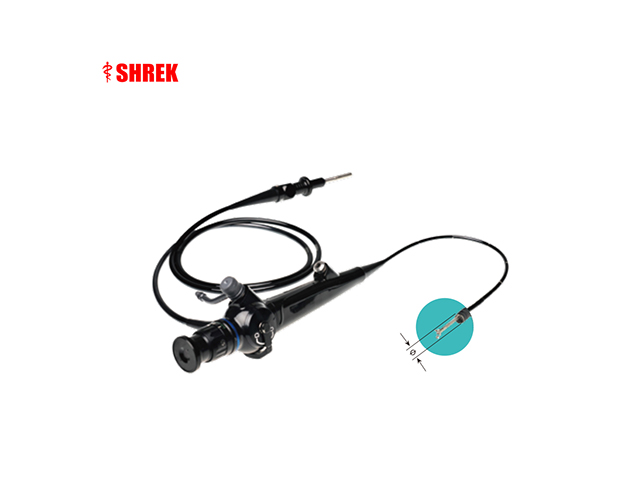
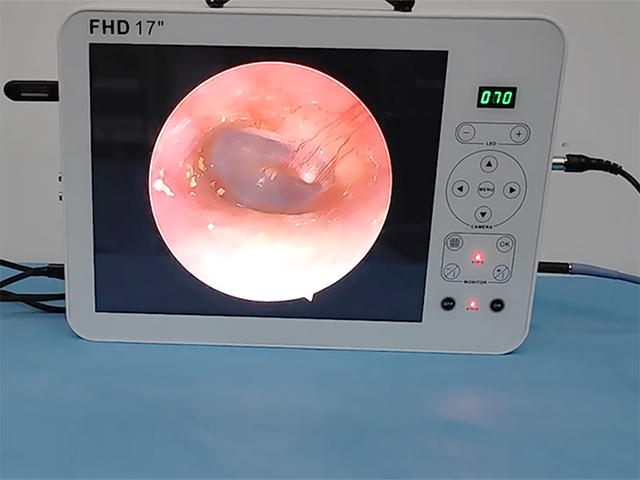
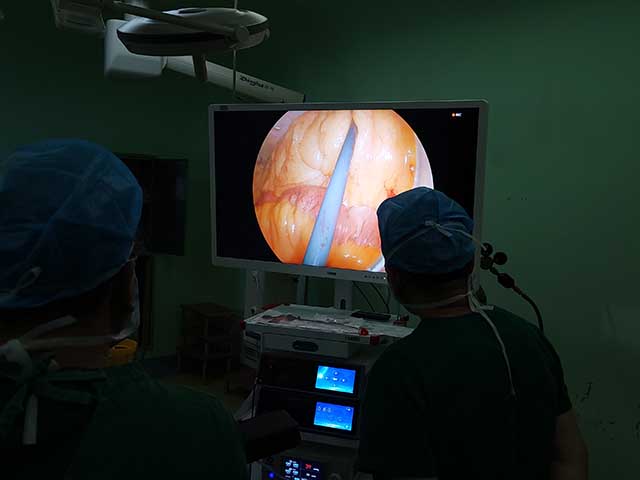
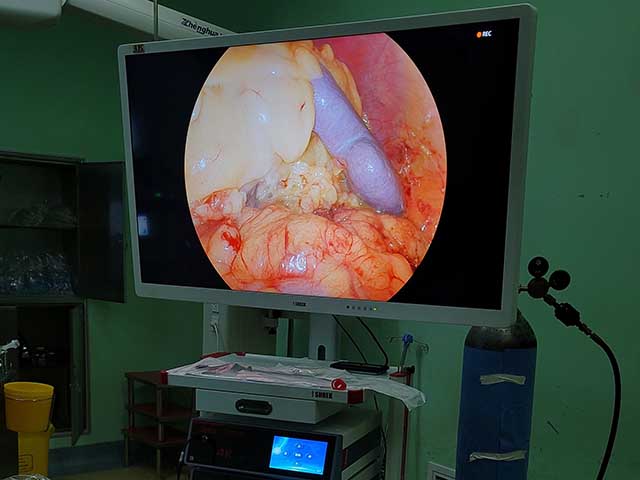

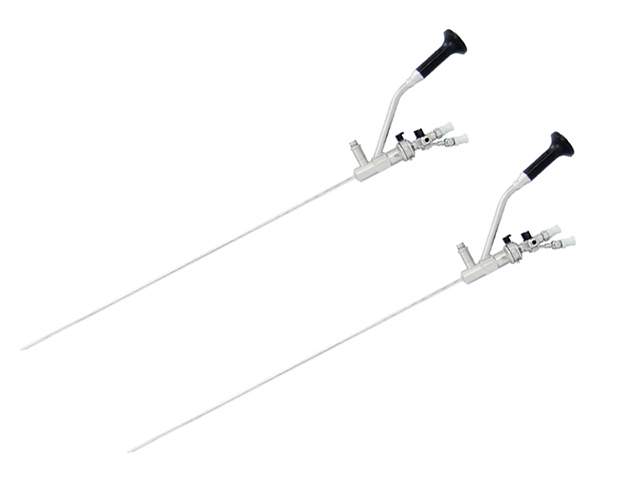
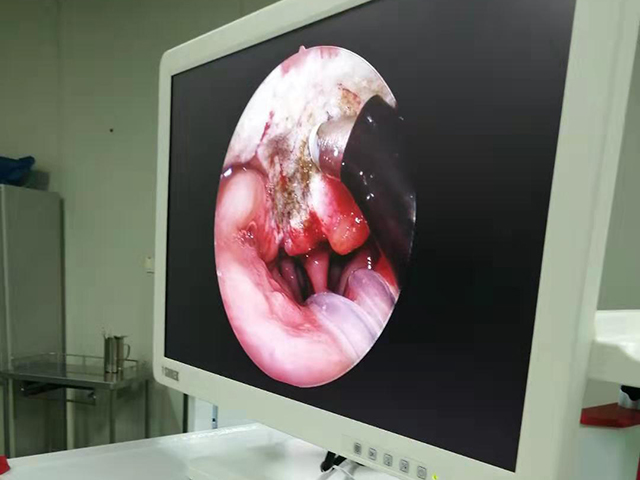
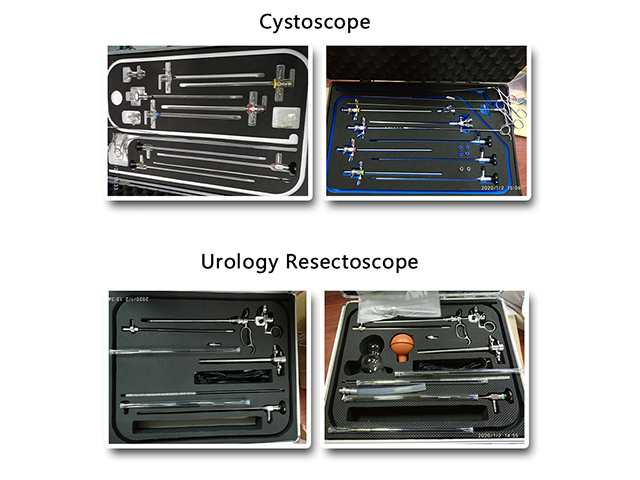
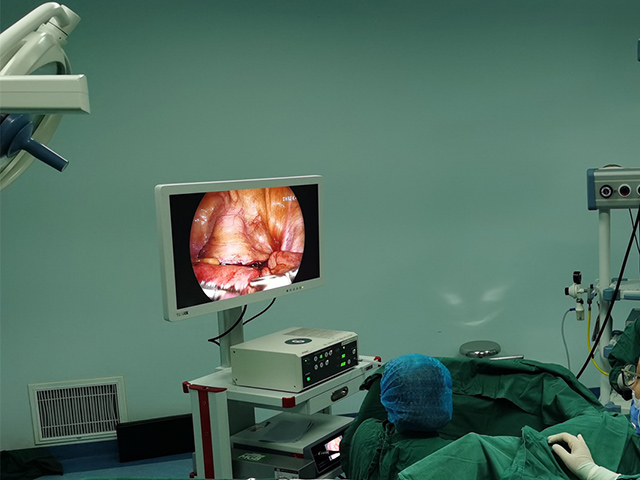
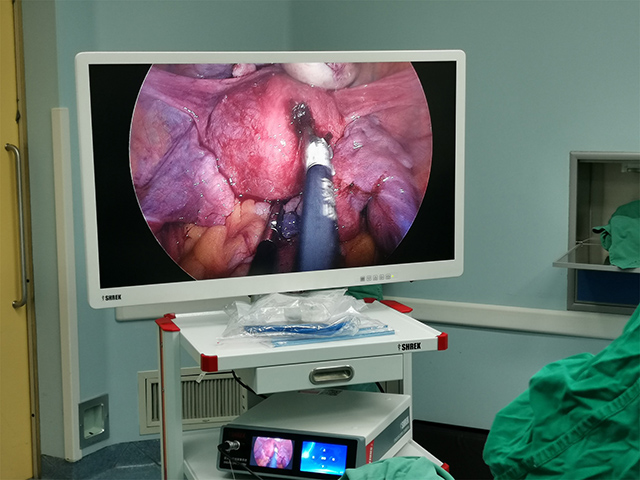
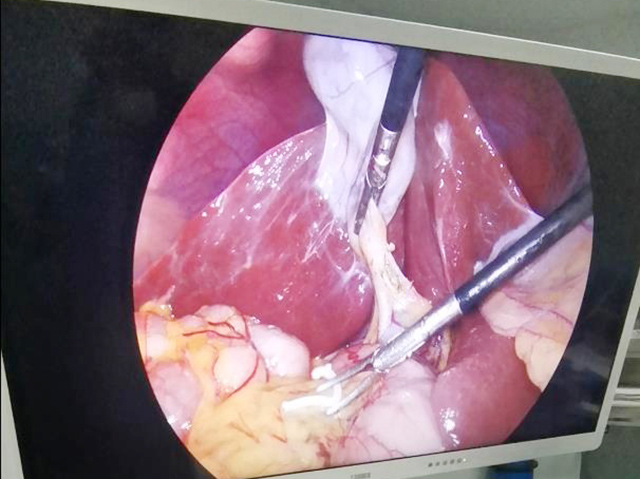

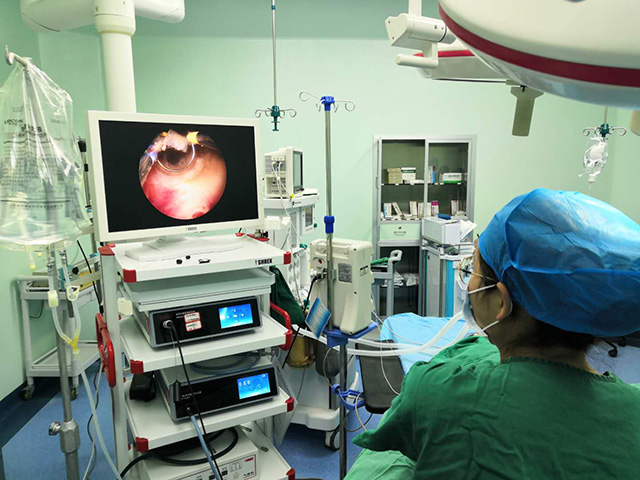
Leave A Inquiry